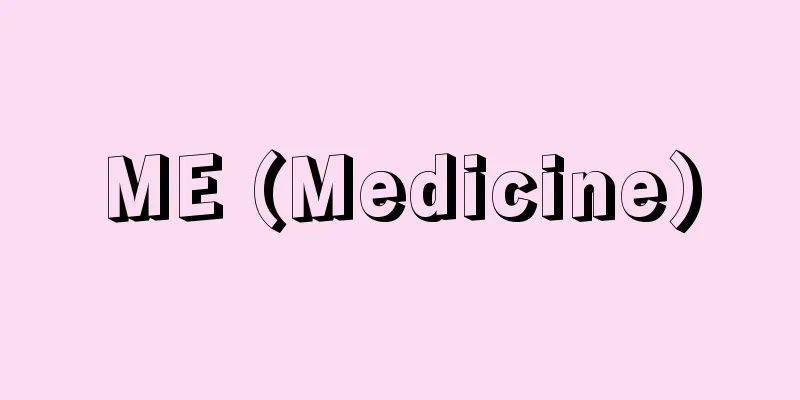comedy larmoyante (English spelling)

|
...With the rise of the bourgeoisie, tragedies were written for the first time with bourgeois protagonists, not historical heroes (until then, all plays featuring ordinary citizens were comedies), but in France, where genres were strictly distinguished, even tragic bourgeois dramas ended with happy endings. These were the genres of "serious comedy" proposed by Diderot and "comédie larmoyante," and sentimental comedy was also popular in Germany. In G. Meredith's "On the Idea of Comedy" (lecture given in 1877, published in 1897), he cites Germany as an example of a country with a delayed social development where good comedies cannot be produced, but comedies such as Lessing's "Minna von Barnhelm," which features a sympathetic protagonist, should be seen as a German comedy with warm feelings, which is a different genre from Molière's comedy. From [Citizens' Theatre]…The 18th century was also a time of strong sentimental tastes, and it was considered better to sympathize with the misfortunes of people and cry than to watch comedies that mocked the vices of people. In France, which preferred to make clear distinctions between genres of plays, plays that dealt with the lives of ordinary people, had sad content that evoked sympathy, but avoided tragic outcomes and had happy endings appeared. These were the so-called comédie larmoyante. Representative playwrights of this genre were Destouches (1680-1754) and Nivelle de la Chaussée (1691-1754). … *Some of the terminology that mentions "comédie larmoyante" is listed below. Source | Heibonsha World Encyclopedia 2nd Edition | Information |
|
…市民階級の勃興とともに生まれた市民劇では,初めて歴史上の英雄などではなく,市民を主人公とする悲劇も書かれるようになったが(それまで,普通の市民が登場する演劇はすべて喜劇であった),ジャンルの区別の厳しいフランスでは,悲劇的な市民劇でも,結末だけはハッピーエンドに終わらせた。ディドロの提唱する〈まじめな喜劇comédie serieuse〉や,催涙喜劇comédie larmoyanteというジャンルがそれで,ドイツでも感傷喜劇が流行した。G.メレディスの《喜劇論On the Idea of Comedy》(1877年講演,97年出版)では,社会的な発展の遅れた国で,よい喜劇は生まれない例としてドイツを挙げているが,共感できる主人公の登場するレッシングの《ミンナ・フォン・バルンヘルム》のような喜劇は,モリエール流の喜劇とはジャンルの異なる温かい情をもったドイツ的喜劇とみるべきだろう。… 【市民劇】より…18世紀はまた感傷趣味の強い時代で,人間の悪徳を嘲笑する喜劇よりも,人間の不幸に同情して涙することが良い趣味だと考えられ,劇のジャンルを峻別することを好むフランスでは,市民生活を扱い,同情を催すような哀しい内容をもつが,悲劇的結果だけは避けてハッピー・エンドとする戯曲が登場した。これがいわゆる催涙喜劇(お涙頂戴喜劇)comédie larmoyanteである。デトゥーシュDestouches(1680‐1754)やラ・ショッセNivelle de la Chaussée(1691‐1754)などがその代表的な劇作家であった。… ※「comédie larmoyante」について言及している用語解説の一部を掲載しています。 出典|株式会社平凡社世界大百科事典 第2版について | 情報 |
<<: comedien (English spelling)
Recommend
Rum Rebellion (English spelling)
…5th Governor of the British colony of New South ...
Suspenders - suspender
A pair of strings hung from the shoulders to prev...
Lake Matsubara
This lake is located in Koumi Town, Minamisaku Co...
Red Cross - Sekijuji (English spelling) Red Cross
It generally refers to an organization that provi...
Akiba faith - Akiba Shinko
This is a belief related to the deity enshrined a...
START
(Abbreviation for Strategic Arms Reduction Treaty)...
Kanpur (English spelling)
Kanpur is a commercial and industrial city in the ...
Azuma Hakkei - Eight Views of Azuma
The title of a Nagauta piece. Commonly known as &...
Horticultural crops - Engeisakumotsu
A plant cultivated as a horticultural plant. Sourc...
Retinoblastoma
…Currently, it is no longer used as a disease nam...
Hannover (English spelling)
The capital of the state of Lower Saxony in northw...
Mosquito fish (English spelling) mosquitofish
…Males reach a total length of 3 cm, and females ...
Rohilkand (English spelling)
The name of the northwestern region of Uttar Prade...
Swell hit - Swell hit
...Sweetfish are best grilled with salt and eaten...
Old man with a lump removed
A folk tale. An old man with a lump on his cheek o...









